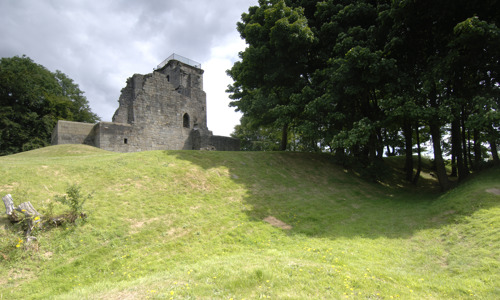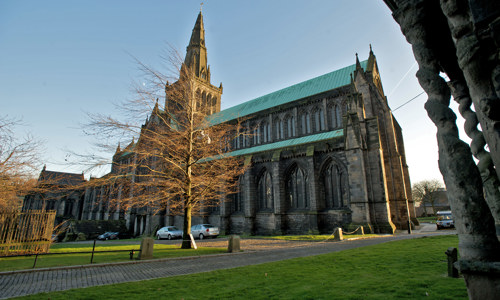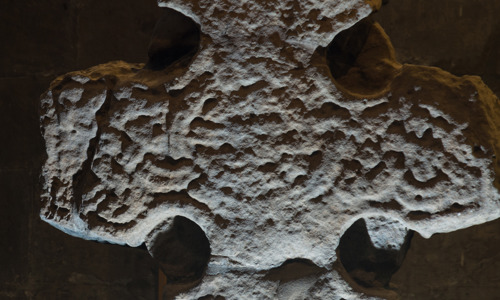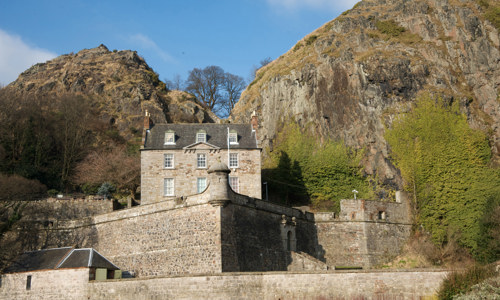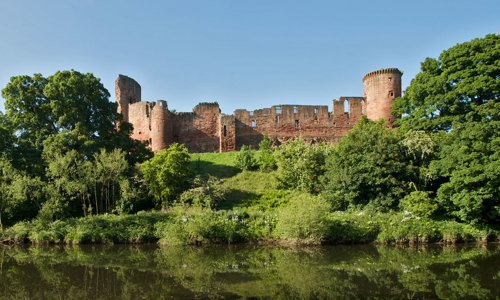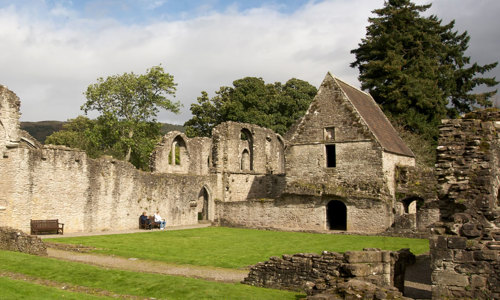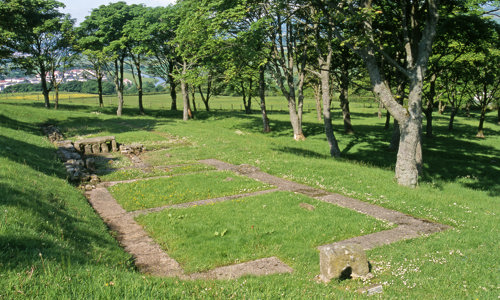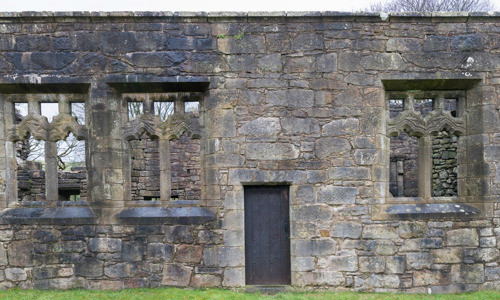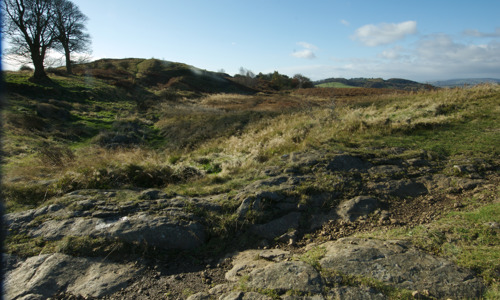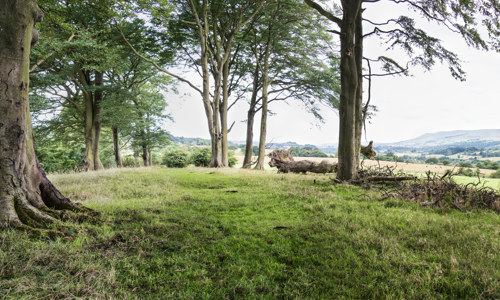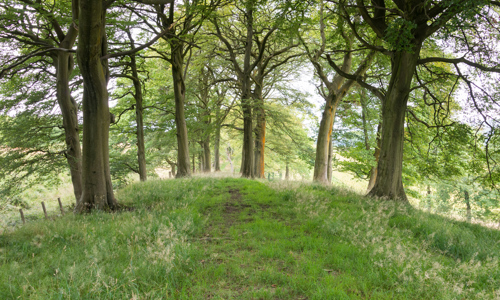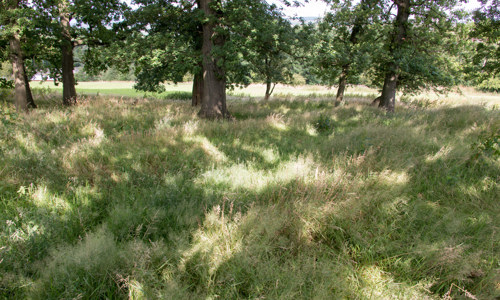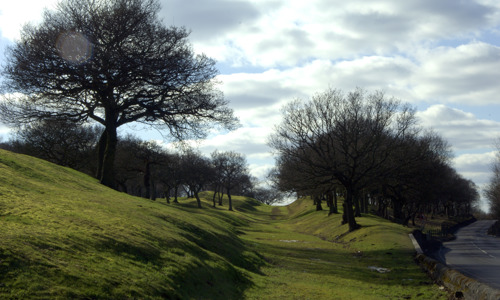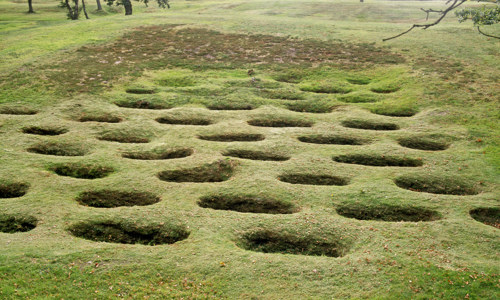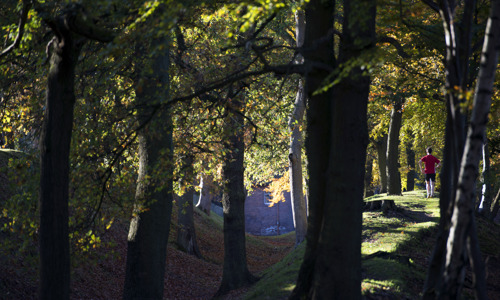History
A culture of bathing
Bathing played a major role in Roman society. Bath houses, or thermae, acted as community centres in Roman society – socialising, business deals and political debate were all conducted within their walls.
Bathing also involved elaborate rituals. Bearsden Bath House contained seven rooms:
- a changing room
- a cold room
- a cold bath
- two warm steam rooms
- a hot steam room
- a hot bath
- a hot dry room
The fort downtown
The bath house was discovered in the early 1970s by builders working on a housing development. Most of the rest of fort has been built over. The bath house lies about 150 metres from Bearsden town centre.
Frontier of an empire
The Antonine Wall was the Roman Empire’s north-western frontier. Built on the orders of Emperor Antoninus Pius in the years following AD 140, it ran for 37 miles (60km) across Scotland’s central belt, from modern Bo’ness on the Firth of Forth to Old Kilpatrick on the River Clyde.
Rather than a stone wall, the Antonine Wall consisted of a turf rampart 3-4 metres high on a stone base, possibly topped with a timber palisade. It was fronted by a wide and deep ditch, much of which is still visible today. Forts along the wall provided accommodation for the troops and acted as secure crossing points. All forts were linked by a road called the Military Way, which ran behind the rampart.
When it was built, the Antonine Wall was the most complex frontier ever built by the Roman Army. It was the Romans’ last linear frontier, and was only occupied for about 20 years before it was abandoned in the AD 160s.


